The Complete Guide to Parking Lot Maintenance: What Every Property Manager Needs to Know
A well-maintained parking lot is more than just a convenience—it’s a crucial investment in safety, curb appeal, and property value. Whether you manage a retail center, office complex, or industrial facility, your parking lot plays a vital role in customer satisfaction and business operations. In this comprehensive guide, we’ll break down the key aspects of parking lot maintenance, best practices, and long-term strategies to protect your investment.
Why Parking Lot Maintenance Matters
First impressions are everything, and your parking lot is often the first thing customers or tenants see when arriving at your property. A well-maintained lot signals professionalism and care, while potholes and faded lines can create an uninviting atmosphere. But parking lot maintenance isn’t just about appearances—it directly impacts safety and longevity.
Neglected parking lots can pose safety hazards, increasing the risk of vehicle damage and pedestrian accidents. Cracks, potholes, and faded markings can cause confusion and even lead to liability claims against property owners. Regular maintenance is the best way to avoid costly lawsuits and ensure compliance with local safety regulations.
Beyond safety, proper maintenance extends the lifespan of asphalt surfaces. A well-cared-for parking lot can last between 20 to 30 years, but without routine upkeep, it may require repaving in less than half that time. This means significant cost savings for property managers who take a proactive approach to maintenance.
Key Parking Lot Maintenance Strategies
Routine Inspections
Regular inspections are essential to identifying potential issues before they become expensive repairs. A good rule of thumb is to inspect the parking lot at least once per quarter and after major weather events. During an inspection, look for cracks, potholes, standing water, and fading line markings. Drainage systems should also be checked to prevent water from accumulating and weakening the pavement structure.
Additionally, consider conducting a professional assessment every year. Experts can identify underlying issues that may not be visible at first glance, such as subsurface erosion or early signs of structural failure. Investing in professional assessments can help property managers address small problems before they lead to costly repairs.
Sealcoating for Protection
Sealcoating is one of the most effective ways to protect asphalt surfaces from deterioration. Acting as a shield against oxidation, UV rays, and chemical spills, sealcoating not only extends the life of your parking lot but also enhances its visual appeal. Experts recommend applying sealcoat every two to three years to maintain a fresh, protective layer.
For more information on the benefits of sealcoating, read our in-depth guide.
Crack Sealing and Pothole Repair
Cracks in asphalt may seem minor, but they can quickly turn into costly problems if left untreated. Water seeps into these cracks, leading to erosion beneath the pavement and eventually causing potholes. Filling cracks annually can prevent further damage and reduce long-term repair costs. Similarly, potholes should be patched as soon as they appear to prevent liability risks and further structural damage.
Beyond basic crack sealing, property managers should be aware of alligator cracking, a pattern of interconnected cracks that indicates deeper structural damage. In cases like this, simple patching won’t be enough—a full-depth repair or resurfacing may be required to restore the integrity of the parking lot.
Line Striping and Parking Lot Markings
Clearly marked lines and symbols are essential for organizing parking spaces and directing traffic flow. Faded markings can confuse drivers and create safety hazards. It’s best to repaint parking lot lines every one to two years to maintain visibility and ensure compliance with ADA regulations.
Proper striping isn’t just about repainting old lines. Consider optimizing the layout of your parking lot to improve traffic flow and maximize the number of available spaces. If your lot experiences frequent congestion, redesigning the layout could improve efficiency and accommodate more vehicles.
If you’re unsure when to restripe your parking lot, check out our guide on professional line striping.
Managing Drainage Issues
Water is one of the most damaging elements for asphalt. Poor drainage can lead to standing water, which weakens pavement and accelerates deterioration. Keeping gutters and drainage systems free from debris can help prevent costly water damage. If you notice frequent pooling, it may be time to invest in additional drainage solutions to protect your asphalt investment.
In regions with heavy rainfall, it’s essential to implement a grading and sloping system that channels water away from the surface. French drains, trench drains, or permeable pavement solutions can further enhance drainage and reduce water damage over time.
Building a Long-Term Parking Lot Maintenance Plan
A successful maintenance plan involves a proactive approach. Property managers should implement an annual maintenance schedule that includes routine inspections, scheduled sealcoating, regular crack sealing, and ongoing line striping. By doing so, you’ll reduce the risk of unexpected repairs and extend the lifespan of your parking lot.
Neglecting maintenance, on the other hand, can lead to severe consequences. Failing to address minor issues can result in higher long-term costs, potential liability claims, and a reduction in property value. In worst-case scenarios, businesses may lose customers due to the inconvenience and hazard posed by an unkempt parking lot.
To understand the financial impact of neglected maintenance, read our breakdown of hidden costs.
Partner with Clear Line Paving & Maintenance LLC
At Clear Line Paving & Maintenance LLC, we specialize in providing comprehensive parking lot maintenance services that help businesses maximize their investment. Our services include sealcoating, crack sealing, line striping, and drainage solutions—all designed to keep your property looking professional while improving safety and longevity.
If you’re ready to develop a long-term maintenance strategy for your parking lot, contact us today to schedule an assessment. Get in touch here to learn more about how we can help.
By following these best practices, you can ensure a safer, more visually appealing, and cost-effective solution for your property. With the right approach, parking lot maintenance becomes an investment rather than an expense—one that pays off in customer satisfaction, safety, and financial savings.



